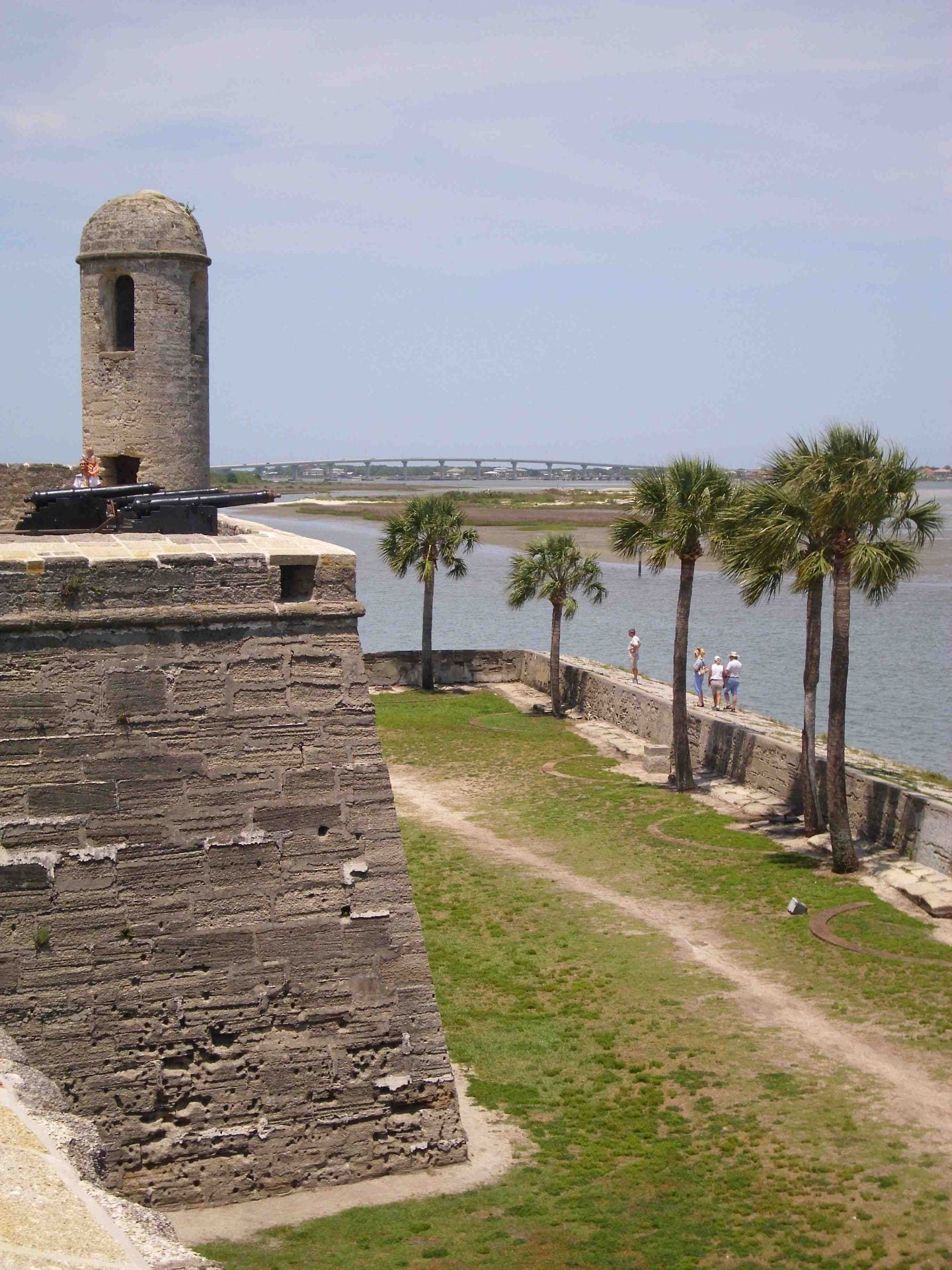Covering the American Revolution is a core expectation for teachers of early American history. I work at the University of Massachusetts Lowell, a stone’s throw from Lexington and Concord. My career began in the public history field and drawing on local historic sites is my natural inclination in the classroom. And yet my course, “The American Revolution in the World,” strays further from Massachusetts with every passing year. Now that I have taught this class three times, I am offering some reflections on both the benefits and the challenges inherent to this pedagogical focus.

Approaching the Revolution as a global conflict provides students with a broader view of American history which builds on the growing emphasis on world history at both the secondary and undergraduate level. There is more time for examining interactions between the Americas, Europe and Asia in the eighteenth century, such as the impact of imported Asian goods on Anglo-American culture and politics or the parallel efforts of Britain and France to build alliances with Indigenous rulers in both North America and India as they struggled for dominance in these places. It also means that I have room for the events in Florida, the Gulf Coast, and the Caribbean which laid the groundwork for the Franco-American victory at Yorktown in 1783. Bringing these elements into the class complements the more traditional classes on the Revolution that focus on the thirteen colonies.

Much as I enjoy teaching this course, it also comes with challenges, some unique to its format, others to the topic. I teach this class as an upper-level seminar required for history majors. The flexibility of the seminar style suits the topic, but it makes finding books for the course challenging. Assigned texts need to be broad enough in scope and perspective to suit a global history class but also approachable for students taking the course to fulfill a graduation requirement who may have little prior experience with the topic. They must provide students with new lenses, not to mention new geographies, for examining the Revolution. In addition, since assessing the Revolution as a global war is such a new concept, all the books I use for the course are very recent publications.
Maya Jasanoff’s Liberty’s Exiles tells the story of the American Revolution through the eyes of the men and women who remained loyal to Britain. Like their Patriot counterparts, they were committed to the ideals of freedom and equality, but they believed the British Empire to be a more reliable champion. Kathleen Duvall’s Independence Lost takes students to the Gulf Coast where battles over sovereignty were as much about the interests of Indigenous peoples and British, French, and Spanish colonists as they were about the political aspirations of the newly formed United States. The essays in David Allison and Larrie Ferreiro’s newly published The American Revolution cover the globe, while the many images in this book help students envision the different political entities who became part of the American Revolution. These three titles are examples of texts that I use in the course and my attached syllabus provides a complete list. My experience with all of these books has been that they appeal to students regardless of their prior experience with the topic, which I think reflects their emphases on individual narratives.
Example of a syllabus for teaching global perspectives of the American Revolution, with assignments included. Courtesy of the author.
The class also often surprises students who begin the semester feeling already grounded in the American Revolution. One way to respond to this sense of discovery is to ask students to bring their own discussion questions to class. This provides a sense of ownership in the class and a chance to reflect on what they are learning. Before we begin, students with similar questions are given the opportunity to decide whether to combine their questions or ask them separately. Many questions begin with a variation on the statement “I didn’t know about this before, but it got me thinking….” Having students write their own discussion questions also provides a sense of connection with other classes and other interests. A colleague teaches a class on the French Revolution and his students will draw on their readings on France prior to 1789 as they construct their questions. Students interested in political science often ask questions about the diplomatic side of the war which brings in the French, Spanish, and Dutch alliances with the United States, and so on.
Teaching as I do in Massachusetts, my local students are fascinated by an American Revolution which bears so little resemblance to the one presented in their early educations. Examining British protests against rising taxes in the 1760s connects the Boston Tea Party with protest movements in Britain. By contrast, students from other parts of the United States, and indeed, the rest of the world, are fully able to take part in discussions about childhood memories and shared revolutionary histories. A student from India can describe visiting battlefields in Pollilur in much the same way that many of my students remember walking the Freedom Trail in Boston. Such exchanges make the case for the Revolution as a global war an even more compelling one.
Overall, I believe that there is a great deal to be gained with this approach to the American Revolution, whether at the undergraduate or graduate level. The challenges posed by finding books for the course have lessened since I first taught it in 2017 as examining the Revolution as a global war is becoming more common, while the benefits continue to grow as my students and I continue to learn about the larger world around us.

Abby Chandler (she/her/hers) is Associate Professor of Early American History at the University of Massachusetts Lowell. She is currently working on a book project which examines local and imperial dimensions present in both the Stamp Act Crisis and North Carolina’s Regulator Rebellion.
https://www.uml.edu/FAHSS/History/faculty/Chandler-Abigail.aspx
Read Abby Chandler’s article, “‘Let us unanimously lay aside foreign Superfluities’: Textile Production and British Colonial Identity in the 1760s,” in the Winter 2021 issue of Early American Studies.